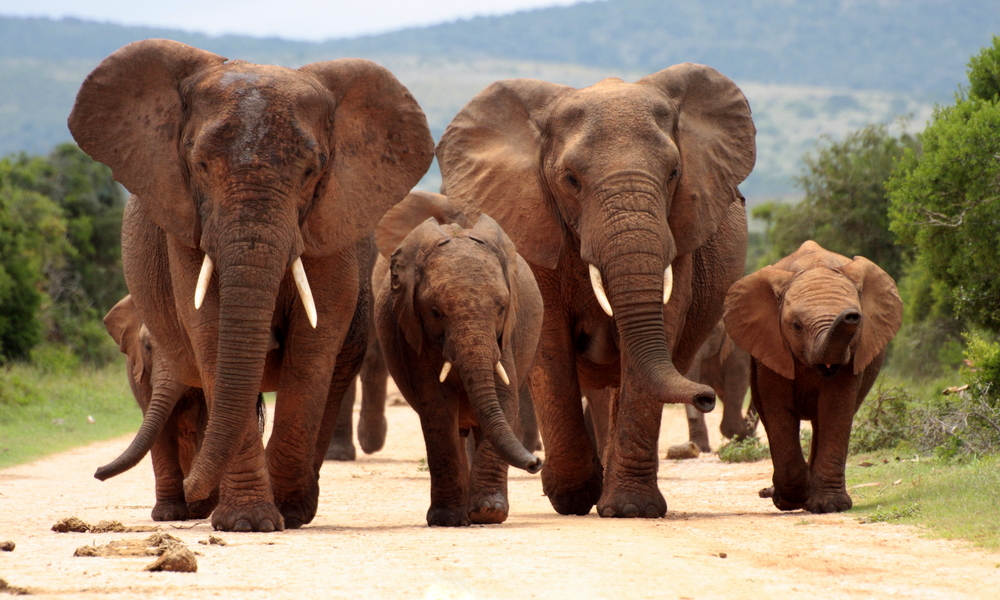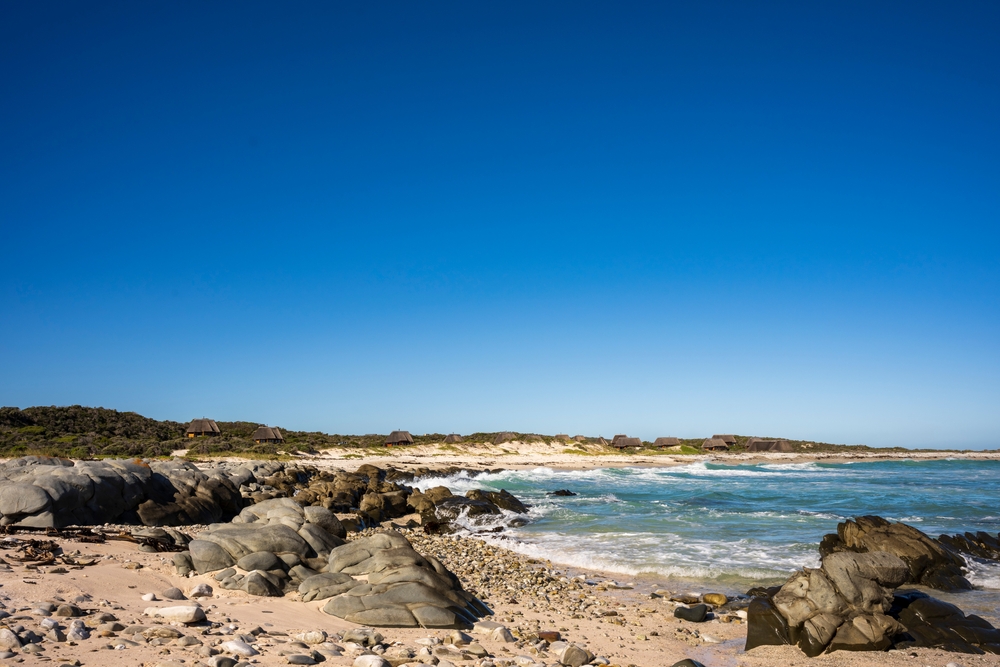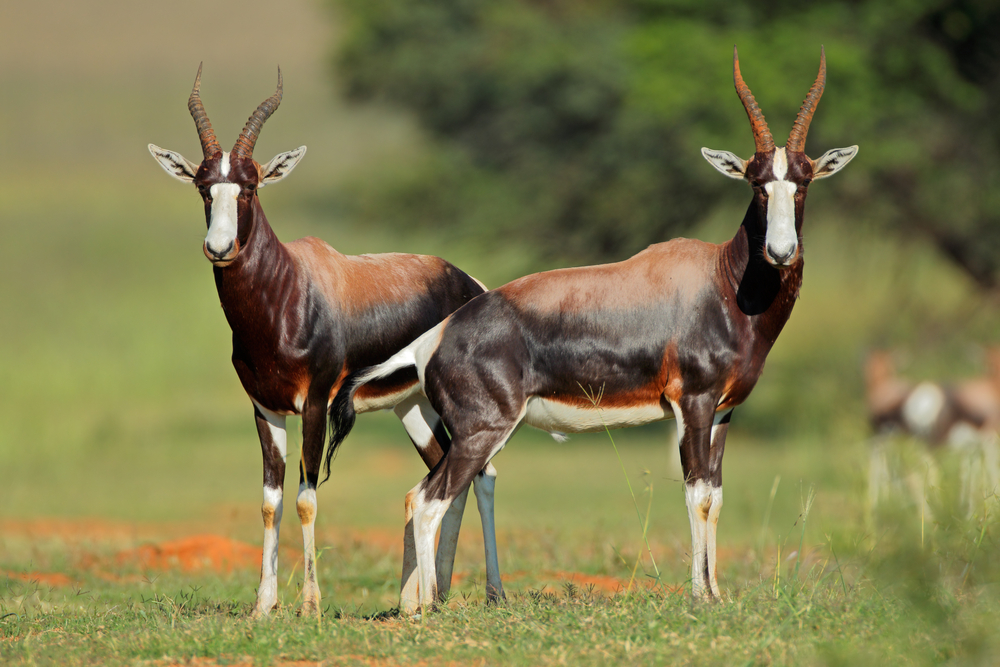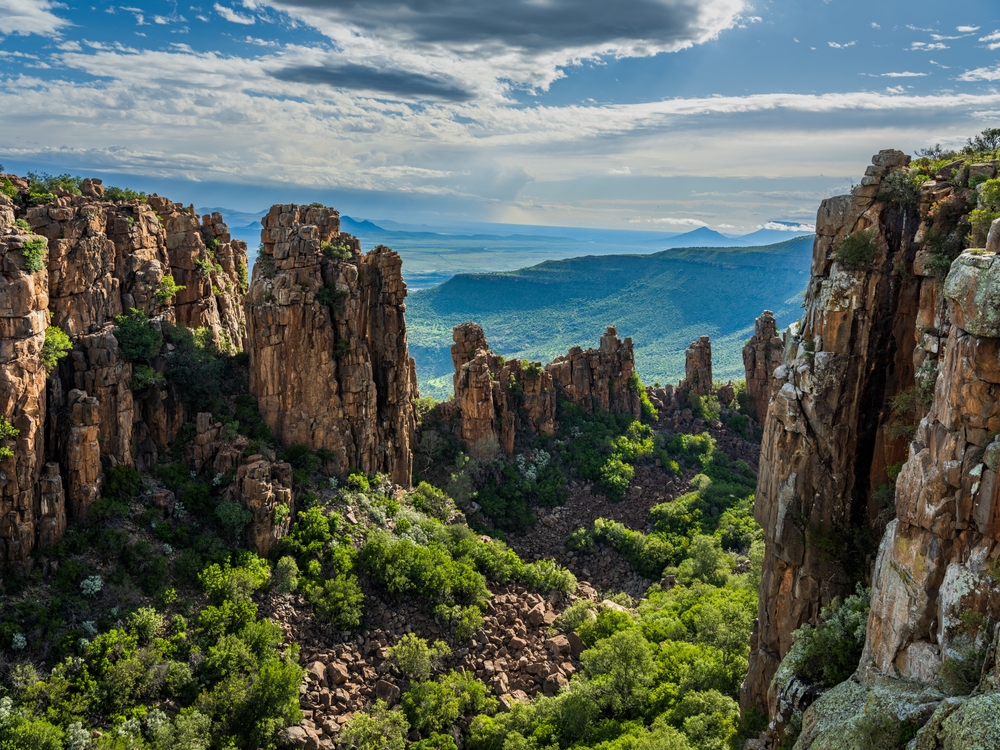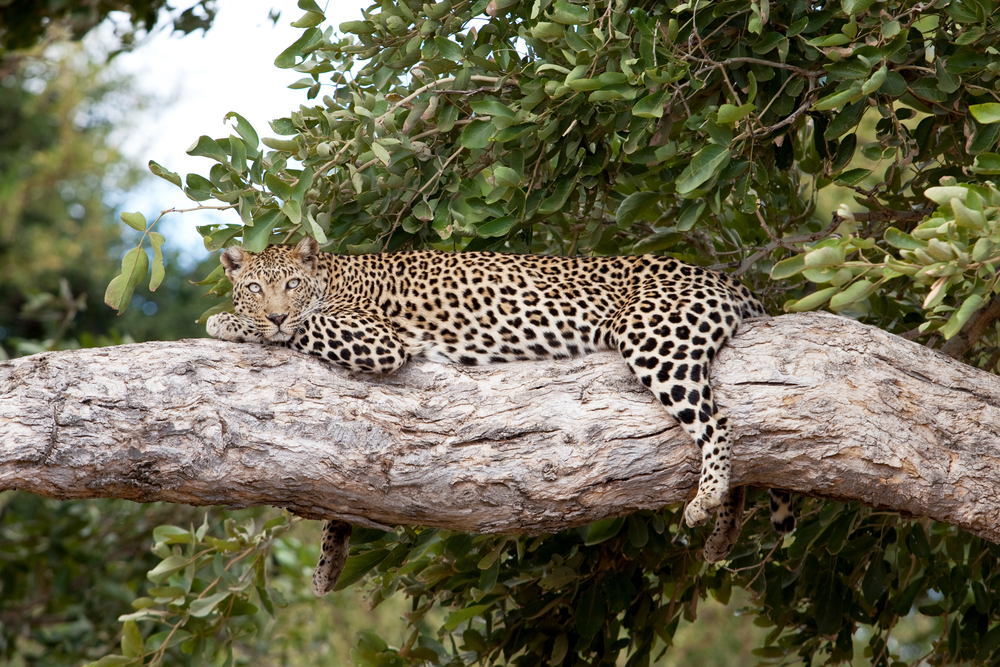Karoo Overview
Karoo National Park, locally known as “Karoo Nasionale Park”, is a stunning protected area located near the town of Beaufort West in South Africa’s Western Cape Province. Established in 1979, the park spans approximately 750 square kilometers (290 square miles) and is a gateway to the semi-arid landscapes of the Great Karoo. Known for its expansive vistas, unique biodiversity, and fascinating geological history, Karoo National Park is a haven for nature enthusiasts and a testament to the beauty of South Africa’s arid regions.
The terrain of Karoo National Park is characterized by rugged mountains, vast plains, and deep ravines. The Nuweveld Mountains dominate the northern section, while the open plains to the south create a stark but captivating contrast. Seasonal rivers and dry streambeds carve through the landscape, adding to its dramatic appeal. The park is also home to significant fossil beds, showcasing the ancient history of the Karoo basin, which dates back over 250 million years.
Vegetation in the park is primarily composed of the hardy flora of the Nama Karoo biome. This includes drought-resistant shrubs, grasses, succulents, and scattered acacia trees. During the rainy season, wildflowers bloom across the plains, adding bursts of color to the otherwise arid terrain. The diverse vegetation supports a variety of adapted wildlife.
Karoo National Park is home to a wide array of wildlife, including several species reintroduced as part of conservation efforts. These include black rhinos, Cape mountain zebras, and red hartebeest. Predators like lions, cheetahs, and bat-eared foxes also roam the park, while smaller mammals such as klipspringers and meerkats are commonly seen. The park is a birdwatcher’s paradise, with over 200 species recorded, including Verreaux’s eagles, black harriers, and the rare Karoo korhaan. Reptiles, such as tortoises and geckos, thrive in the hot, dry conditions.
Visitors can engage with the park’s natural beauty through a variety of activities. Scenic driving routes, such as the Klipspringer Pass, offer breathtaking views of the mountains and plains. Hiking trails, including the popular Bossie Trail, allow visitors to explore the landscape on foot and observe wildlife up close. The park’s fossil trail provides an educational experience, showcasing the rich paleontological history of the Karoo. Night drives offer a chance to encounter nocturnal animals and enjoy stargazing under the clear desert skies. Campsites and chalets within the park provide accommodations for those seeking an immersive wilderness experience.
Despite its successes, Karoo National Park faces challenges such as climate change, which affects its fragile ecosystems, and invasive plant species that threaten native vegetation. Conservation efforts led by South African National Parks (SANParks) focus on habitat restoration, anti-poaching measures, and community engagement to protect the park’s unique biodiversity.
Karoo National Park is a gem of South Africa’s semi-arid landscapes. Its striking terrain, diverse wildlife, and rich history make it a must-visit destination. Protecting this park ensures the preservation of its ecological and geological heritage for future generations.











































































